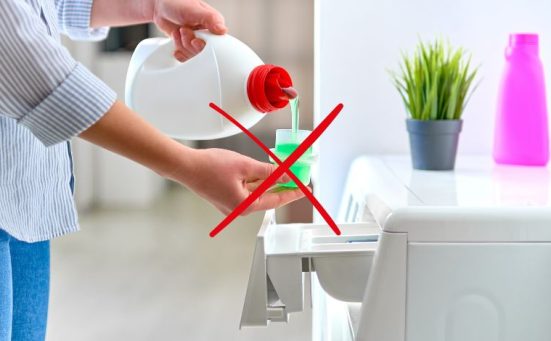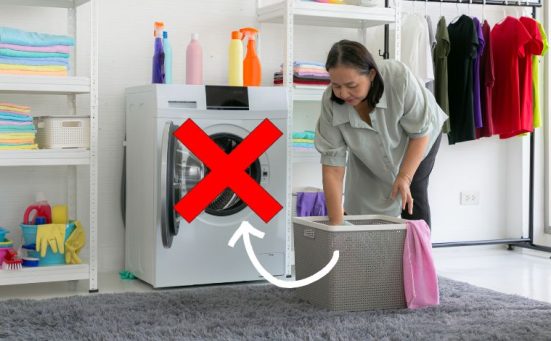
How Do Washing Machines Control Their Water Levels?
For the most part, we take our washing machines for granted, always assuming that it will do the job it’s designed to do. And for the most part it does.
But have you ever wondered how your washing machine controls the water level and always gets it right? If you have, you’ve found the right article, because in this article I explain exactly how a washing machine controls the flow and level of the water to ensure your clothes get washed properly every time.
How Does A Washing Machine Get Enough Water To Run A Wash Cycle?
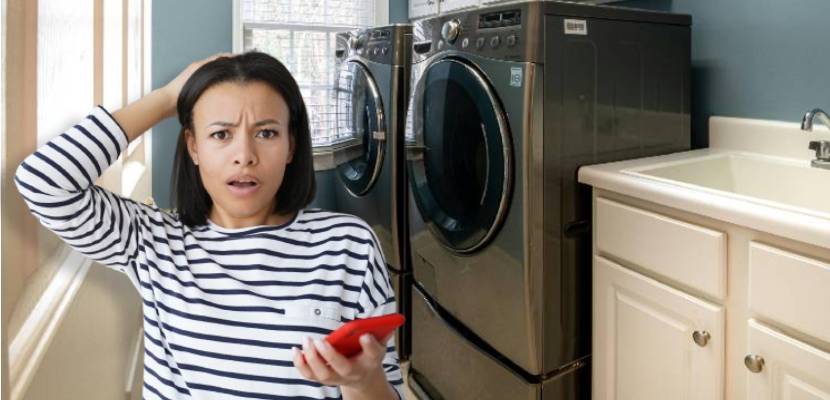
There are basically two parts that ensure there’s enough water to do the laundry which are;
- The Water Inlet Valve
- The Pressure Switch
Keep reading to find out exactly how each of these parts works to ensure you get clean laundry every cycle.
The Water Inlet Valve
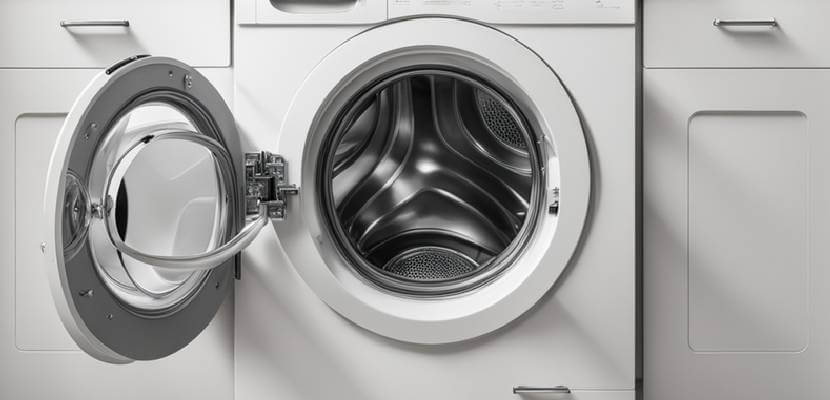
The water inlet valve is located at the back of the washing machine and it’s only job is to control the amount of water that can enter your appliance. The inlet valve is controlled by the control board which sends messages to the inlet valve to allow water into the machine until the control board tells it to stop.
Inside the inlet valve is a port which the inlet hose is attached to. This port is always in the closed or shut position until you start a wash cycle. At which point the control board sends a message to the port which opens its gate to allow water to enter the appliance.
When the control board receives a message from the pressure switch that there’s sufficient water, it sends another message to the inlet valve to close the gate inside the port to prevent any more water from getting in.
Problems With The Inlet Valve
Inside the inlet valve’s port is a small mesh screen that is designed to trap any impurities in the water like grit, sand or limescale deposits. Over time, this screen can become clogged which impedes the flow rate of the water entering the washer.
Because the water isn’t flowing freely, it can lead to excess pressure in the inlet hose which has the potential to split or burst which would result in the inlet hose allowing water to continuously flow all over the floor of your home.
Luckily enough, it’s easy to check and replace the screen if it develops a fault or becomes blocked. All you need to do is shut off the water supply, unscrew the inlet hose and remove the mesh screen. Then it’s just a case of washing it or replacing it with a new screen.
The Pressure Switch
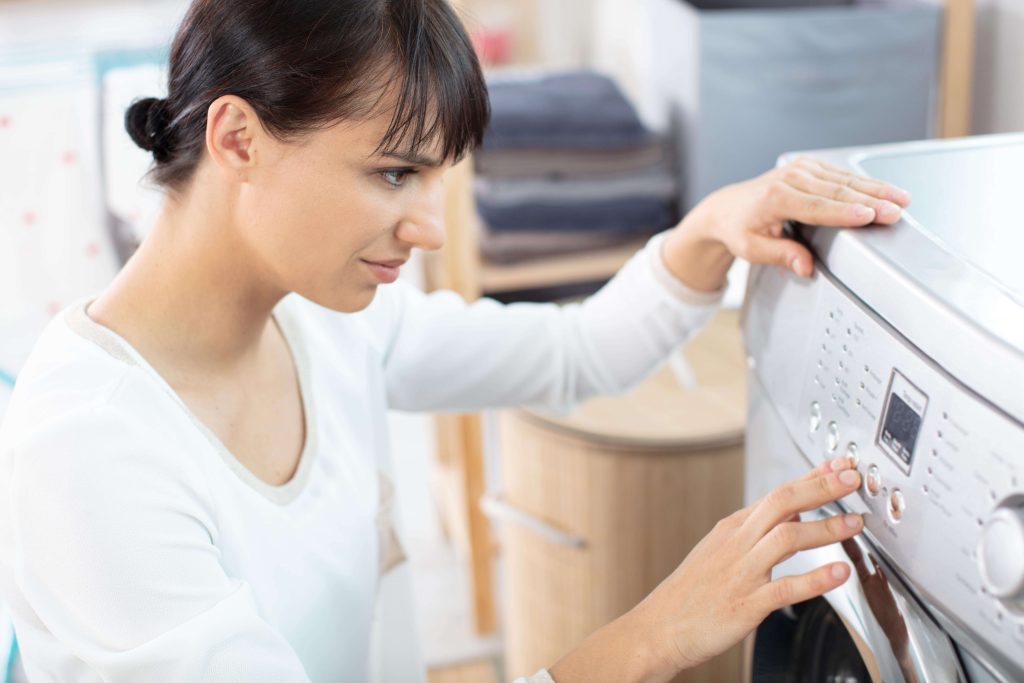
The pressure switch is typically located at the top of the appliance and is identifiable due to the long thin tube connected to it at one end. The other end of the tube is connected to a chamber which is connected to the washer’s tub.
It works using air pressure, as the water fills the tub, the air gets trapped inside the chamber and is forced up the thin tube. Inside the pressure switch is a spring loaded switch which is located behind a rubber diaphragm.
As the air pressure rises in the tube, it pushes against the diaphragm which activates the switch which in turn, signals the control board that the tub has sufficient water to wash the laundry. Some pressure switches have just one switch which activates when there’s sufficient water for the wash cycle to commence.
Others have two, one for wash and the other for rinse whilst others have three switches one for wash, one for rinse and one for overfill. It is often easy to tell how many switches are found in a particular pressure switch by counting how many wires are connected to it.
The more connecting wires, the greater the number of switches incorporated into the pressure switch.
As the water is drained from the tub, the air pressure falls which releases the switch which signifies to the control board that it’s OK to run the spin cycle.
Problems With The Pressure Switch
As you can see the pressure switch plays an important part in the correct running of your washing machine. Unfortunately, as with all moving parts, the pressure switch can develop a few problems.
The chamber and thin tube are susceptible to blockages due to detergent residue and limescale build up. This can prevent any water from entering the tub at all. This would mean the washer wouldn’t fill and therefore not start either.
The thin tube can also become cracked or damaged in some way over time. This will prevent the air pressure from rising which will lead to the washer overfilling and eventually flooding.
What Controls The Water Level In A Washing Machine?
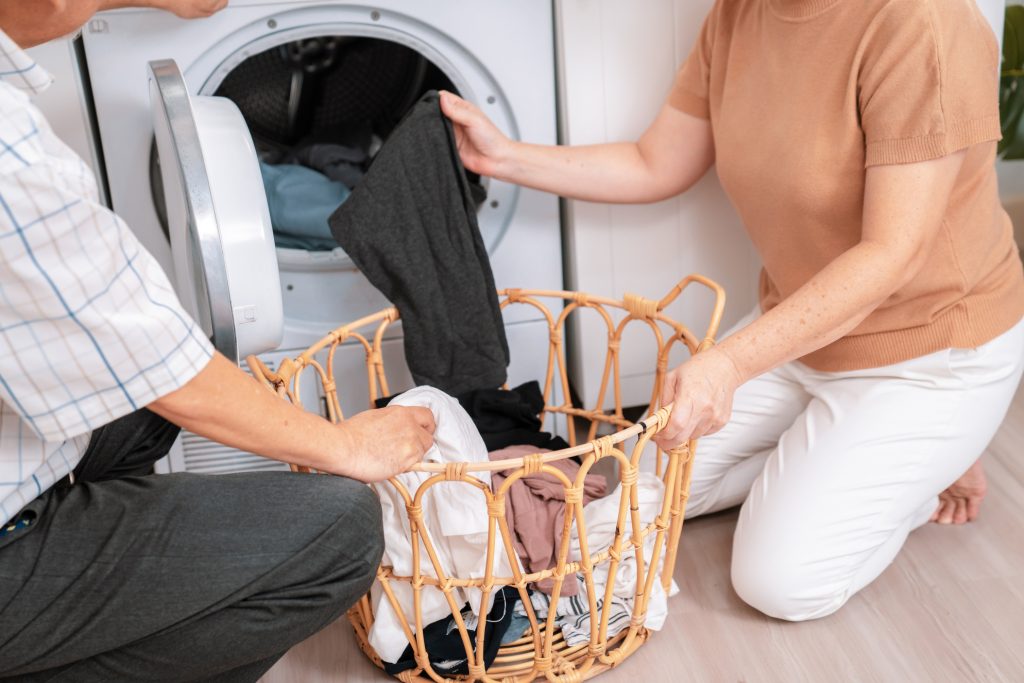
As you can see, although it’s a three pronged mechanism, it’s actually the pressure switch that controls the water level in the washer. Granted, it couldn’t do it without the control board or the inlet valve, but it’s the pressure switch that determines the correct water level.
When you press the start button on your washer, the control board gets the inlet valve to allow water into the drum. As the drum fills, it forces air into the chamber and up the thin tube which triggers a switch inside the pressure switch.
This signals the control board to shut the gate in the inlet valve and the wash cycle commences. Once the wash cycle has ended and the water drains away, the air pressure drops in the tube and the control board knows that the drum has returned to an empty state once again.
SEE ALSO: Washing Machine Water Inlet Valve Not Working? (try this)
Frequently Asked Questions
A washing machine determines the water level via the pressure switch. The pressure switch consists of a chamber which is connected to the washer’s drum at one end and a thin tube at the other. As the drum fills with water, the air gets trapped inside the chamber and rises through the thin tube. At the other end of the tube is the pressure switch which has a rubber diaphragm that gets pushed by the increased air pressure and triggers a switch which signals the control board to cut the water flow.
Modern washing machines have an array of sensors which detect the amount of water entering the drum. The level can be automatically adjusted via the control board if there’s insufficient water to wash the load properly.
If the pressure switch developed a fault on a washing machine it could prevent the washer from starting or at the other extreme, it could cause water to keep filling the drum which would eventually lead to the washer overflowing and flooding your home.
Also, follow us on Pinterest ...

